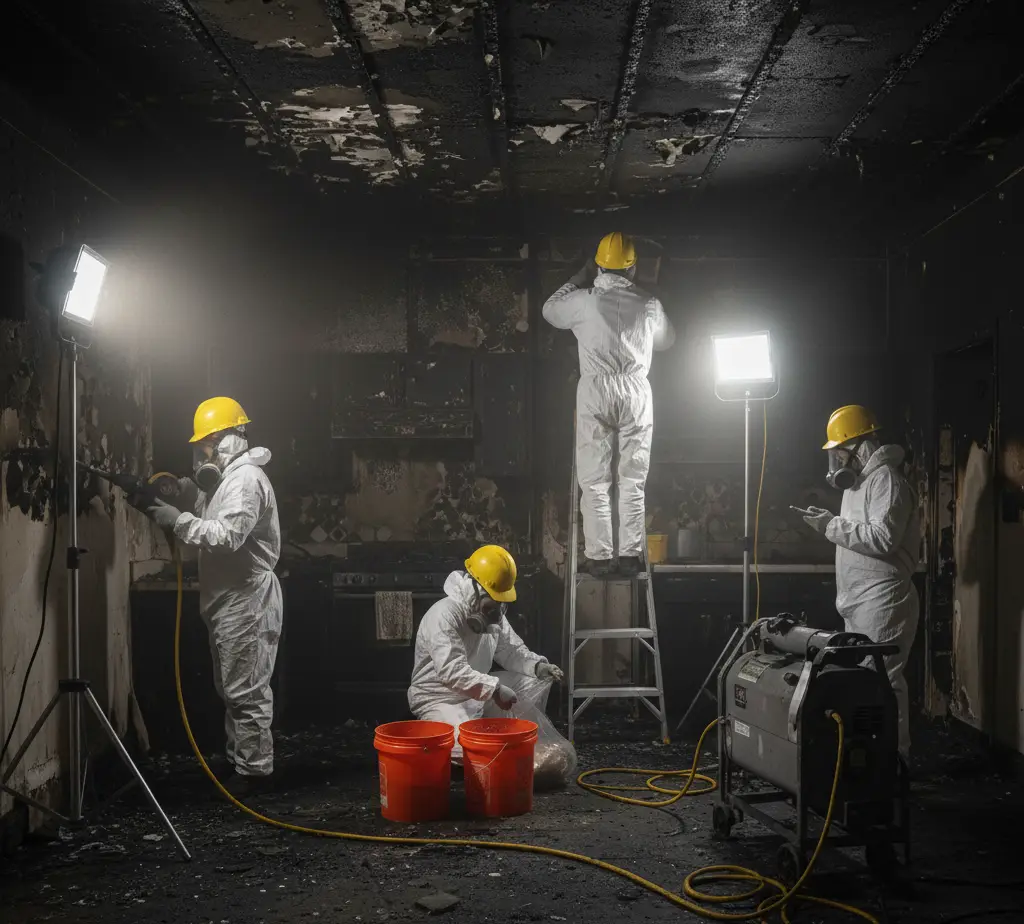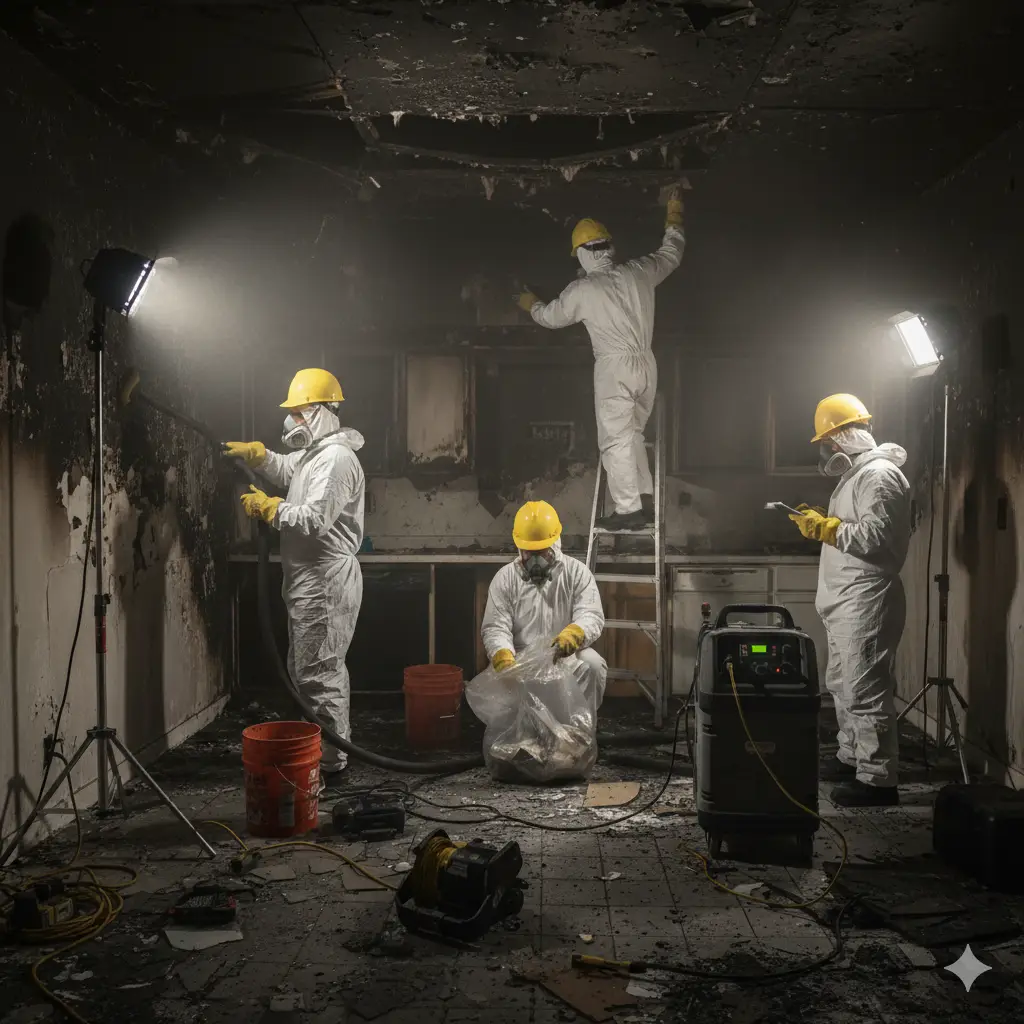Every community hides a story or two beneath its streets, its festivals, and its favorite old buildings. Franklin Park’s legends, however, don’t hide for long. They thrive in conversation, shape its yearly celebrations, and appear in the small acts of togetherness that bind local residents. As the old saying goes, the heart of a town beats strongest when its people come together—and Franklin Park proves this with every annual tradition it hosts.
The charm of unwrapping local legends begins in early autumn, when the streets shimmer with lights and the first hints of an incoming celebration can be felt. From artisan fairs to live performances, this village never tires of finding ways to weave its history into seasonal surprises. The anticipation of what’s next is half the fun. It is, after all, this rhythm of mystery and community connection that makes Franklin Park’s celebrations unforgettable. Whether it’s a reinvented local fair, a rediscovered old-timer recipe reintroduced at the plaza, or a spontaneous outdoor concert, every year surprises locals and visitors alike.
Franklin Park’s annual traditions have become living legends themselves. Each event has a story born from the ingenuity and unity of people who care deeply about their town. This shared pride nourishes new ideas that make every celebration more innovative than the last. It’s not merely about attending but becoming part of the story — being a contributor to the memory of the next year’s legend.
The Heartbeat of Community through Traditions
Over the decades, the community’s heartbeat has pulsed strongest during its biggest yearly events. Town parades, cultural showcases, and themed family festivals reflect much more than entertainment; they showcase resilience, creativity, and continuity. Residents often take pride in telling newcomers that festivals here are not just events—they’re legacies, each one retold and reimagined as years unfold.
For families, these celebrations mark milestones. Children grow up waiting for the first drumbeat of the parade down main streets. Local bands tune up melodies that blend nostalgia with freshness. Vendors line up early to bring long-loved recipes to life, while schools and small businesses collaborate to create beautiful displays that reflect both craftsmanship and community pride. There is no shortage of laughter and shared experiences, reminding everyone that life here is built on shared traditions, both old and new.
Each festival tells a story of progress. Change naturally finds its place alongside history, fueling anticipation for what surprise awaits next. Franklin Park’s events aren’t designed to repeat the past but to reinterpret it for a new generation. The result is an evolving timeline of memories that celebrates innovation while keeping one eye on history’s comforting glow.
Rediscovering Local Legends and Hidden Stories
One of Franklin Park’s greatest strengths is its ability to breathe new life into familiar stories. The town’s storytellers often revisit local folklore, turning them into inspiration for seasonal performances or themed events. Whether you attend a storytelling night under softly lit park trees or a weekend cultural fair that celebrates historical roots, you quickly notice a pattern: every retelling is personal. Every performance rekindles a shared sense of belonging.
Residents who once listened to these tales as children now bring their own kids to experience the same magic. Through music, art, and even food stands, these narratives come alive again each year. This creative expression is what keeps legends vibrantly alive—not confined to dusty archives but given new meaning in every song, every dance, every shared smile.
When disasters hit the community, it’s this same bond that emerges as a source of recovery. In moments of hardship, unity reveals another layer of Franklin Park’s character. The story of hope intertwines with resilience, especially when local businesses and families rebuild together after challenges. Fire damage restoration, community team-ups, and quick volunteer responses from local residents are evidence that the town’s strength never wavers. These responses prove that behind every fair or celebration is a deep sense of empathy and action — the same values that make these events so cherished. The town’s ability to recover from any incident, even those involving fire damage restoration, showcases how collaboration builds stronger stories. Year after year, fire damage restoration near me doesn’t signify destruction but renewal—the very spirit that defines every festival here.
It’s this beautiful cycle of revival and creativity that turns Franklin Park’s events into something extraordinary. When life is unpredictable, its people still find ways to create beauty, laughter, and warmth.
The Spirit of Annual Surprises
The concept of annual surprises isn’t just a slogan here—it’s a way of life. Season after season, the excitement of discovering what new feature or activity might appear at the next community event draws everyone together. The festivals have become microcosms of Franklin Park’s identity: inventive, collaborative, and proudly unpredictable.
Each year, organizers strive to include a “mystery element” that keeps guests guessing. Sometimes it’s a surprise guest performer. Other times, it’s a pop-up attraction that no one expects until the moment it appears. These creative touches keep the atmosphere buzzing and the community conversations alive long before and after the events.
For artisans and businesses, this approach opens doors to participate in fun new ways. Each event is a chance to showcase talent, craftsmanship, and hometown pride. Local restaurants experiment with limited-edition treats. Artisans unveil installations sculpted from recycled materials, while musicians add fresh sounds to echo down park paths. Through this artistic experimentation, Franklin Park’s annual surprises grow into emotional anchors for locals who crave that blend of familiarity and novelty.
Even sustainability has entered the picture. Vendors now feature eco-conscious products and educational corners about waste reduction and recycling. These additions not only inspire but also educate younger residents about protecting what they love most—their shared space. A surprise can now mean awareness, mindfulness, and responsibility, aligning joy with purpose.
Preserving Heritage While Embracing Change
One of the reasons Franklin Park’s annual festivities thrive is because they embody the delicate balance between preserving heritage and embracing innovation. The loyal volunteers behind each tradition treat history as a foundation to build upon, not a boundary. From live storytelling evenings that recount the earliest settlers’ challenges to exhibits showcasing the evolution of community trades, these activities ensure that memory stays alive.
Even the décor tells a tale: a walk through the main celebration spaces reveals carefully curated blends of vintage details and modern artistry. Lanterns, murals, and repurposed props all symbolize renewal—the passing of energy from one generation to the next. This creative outlook deepens appreciation for local artistry and increases pride in craftsmanship.
Involving the younger generation remains a major mission. Schools collaborate each year, arranging mini art exhibits, theater performances, and history-inspired games to engage children. Their involvement ensures traditions continue to evolve organically. It’s this intergenerational connection that keeps Franklin Park’s legacy thriving, wrapped in the joy of surprise.
Local Businesses and Their Shared Role
No community celebration can thrive without its businesses, and Franklin Park knows this truth well. Local shops and service providers often sponsor, volunteer, or participate directly, ensuring every event supports economic growth as much as community spirit. Businesses take pride in tying their services to meaningful local values.
Particularly impressive is how many businesses step up after facing tough moments. From family-run stores bouncing back after seasonal slowdowns to service-based firms aiding in community recovery projects, everyone seems to find their place in the larger story. For example, after any major event requiring rebuilding or cleanup, collaboration is swift. Working together ensures the town’s celebrations continue without interruption. In moments like these, companies specializing in fire damage restoration often make an unspoken but invaluable contribution to keeping the village’s heart beating.
This mix of business resilience and community spirit allows Franklin Park’s annual surprises to flourish endlessly. Behind every lit-up park path and freshly built stage is a network of dedicated local partners ensuring the show goes on.
Celebrating Diversity Through Events
Franklin Park’s cultural variety has always been its strength. Its annual festivals reflect traditions from many backgrounds, making every event a unique cross-cultural celebration. The diversity seen in cuisines, dance performances, and handmade crafts broadens the definition of what “local legend” means. It’s not just about old tales—it’s about the shared stories of people from all walks of life who call this community home.
During these events, you might hear different languages blending effortlessly in laughter, see attire representing different countries proudly displayed, and taste dishes that carry flavors from faraway homelands now reimagined with local ingredients. The beauty of this mix reminds everyone that unity thrives amidst variety. Each year, the events become an open invitation to celebrate inclusion and togetherness.
Musical acts, cultural parades, and art corners often serve as platforms to honor both heritage and modern creativity. For visitors, it’s an experience that transcends a simple day out—it becomes a lasting impression of harmony and warmth.
Artistic Wonders and Homegrown Talent
Franklin Park’s art community deserves special recognition for breathing creativity into local legends. Artists capture the town’s essence through murals that map key locations and public installations echoing stories of revival and celebration. For many residents, these visual narratives offer a tangible reminder of everything their town has achieved together.
Homegrown performers, including musicians and theater groups, take center stage during festival weeks. It’s not just an opportunity to entertain but to share emotion, connection, and belonging through art. Many performers weave local history into their acts, ensuring that storytelling and performance go hand in hand. Every stage performance becomes more than an artistic moment—it’s a statement of collective pride.
What sets Franklin Park apart is how seamlessly art intermingles with life. The gasps of an audience at a new installation, the sparkle of lights reflecting off fresh paint, and the sound of applause along the pathways all harmonize into one symphony of shared accomplishment. Art is not an addition to these surprises—it’s their heartbeat.
The Joy of Rediscovery Each Year
Every returning visitor experiences a mix of familiarity and freshness when they attend Franklin Park’s annual events. It’s never the same twice. The joy lies not just in attending but in rediscovering something new while revisiting what’s loved. This consistent renewal is how the town maintains its magnetic pull.
Families who move away often find themselves returning just for festival season, promising old friends they’ll meet by the same landmarks. Year after year, renewed friendships are forged, old laughter rekindles, and new stories blossom. These reunions add an emotional layer to the experience—a testimony to how deeply connected people feel to their roots.
Franklin Park’s legends may shift with time, but their soul remains timeless. Through surprise performances, fascinating retellings, and unexpected collaborations, the town continues to reaffirm one thing: that it’s not the size of a celebration that makes it special—but the stories behind it.
For reliable fire restoration, choose Redefined Restoration Franklin Park
If you are looking for a trusted team to handle restoration after disasters while valuing community care, Redefined Restoration – Franklin Park Water Damage Service stands as a reliable partner. Their expertise covers complete recovery solutions, safeguarding homes and businesses through professional processes that ensure safety and quality at every stage. The company takes pride in understanding how vital rapid response is for homeowners facing unexpected events, including specialized services in fire damage restoration. As part of their continuing service excellence, they combine cutting-edge technology with compassionate customer care. Redefined Restoration – Franklin Park Water Damage Service is always ready to help rebuild not only structures but also peace of mind.
Redefined Restoration – Franklin Park Water Damage Service
1075 Waveland Ave, Franklin Park, IL 60131, United States
(708) 303-6732
https://redefinedresto.com/water-damage-restoration-franklin-park-il





